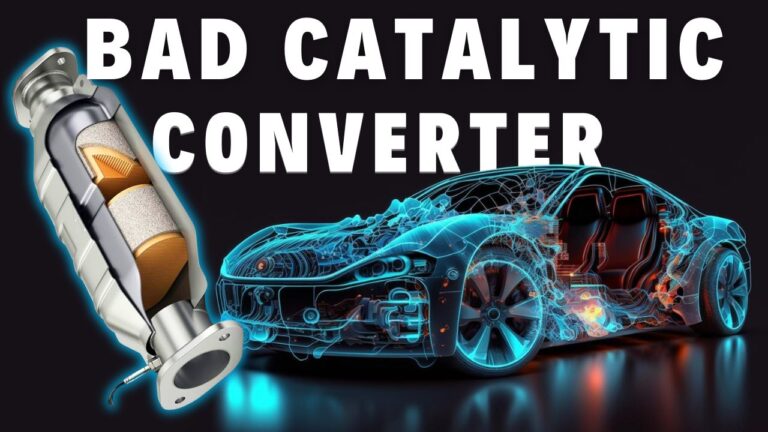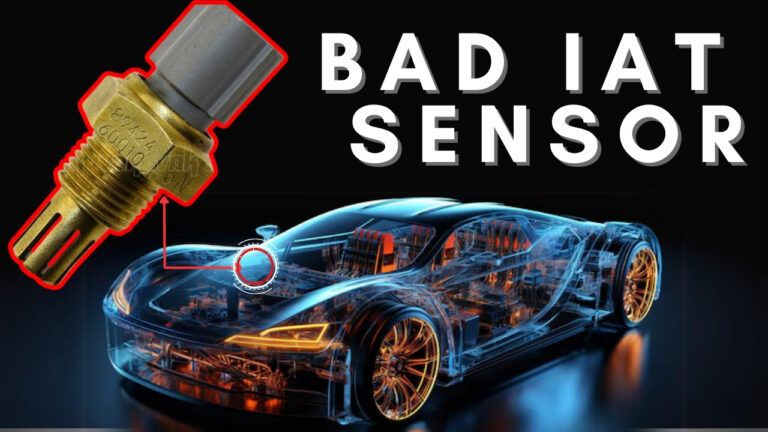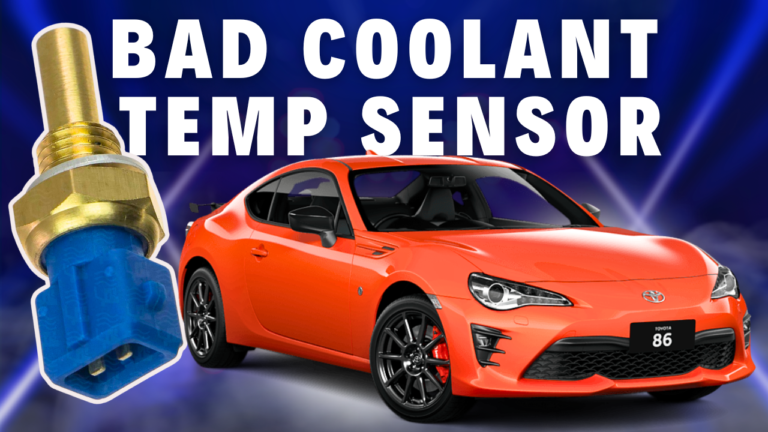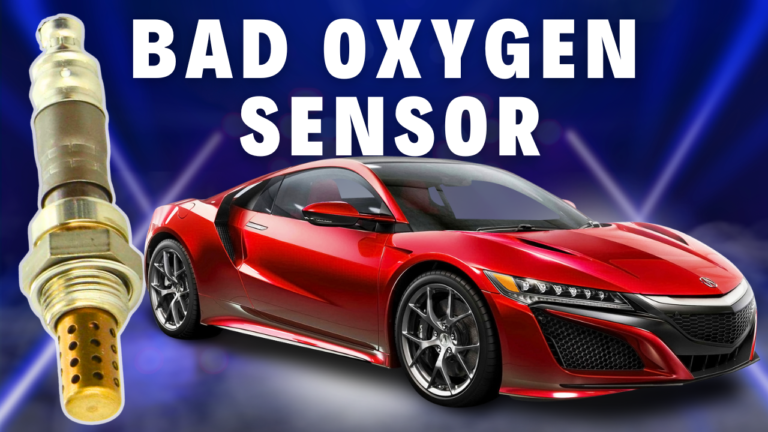How does the Ignition Control Module work?
To understand the function of the ignition control module, it’s important to grasp the operation of the entire ignition system, starting from the ignition coil to the spark plug. The ignition coil utilizes a magnetic field to convert low battery voltage into a high-voltage output capable of creating a strong spark across the spark plug electrodes.
The ignition control module ensures that the spark occurs at the precise moment and frequency required for efficient combustion. It receives input from sensors such as the camshaft position sensor or crankshaft position sensor to determine the correct timing, known as base timing.
The ignition control module regulates the flow of electric current by opening and closing a ground circuit to the primary winding in the ignition coil. This action controls the magnetic field in the primary coil, causing it to collapse and induce a voltage. The secondary winding in the ignition coil has more windings than the primary winding, resulting in a much higher voltage output.
Where Is the Ignition Module Located?
The ignition control module is typically located next to the ignition coil, within the distributor, or bolted to the side of it, depending on the vehicle’s platform. [1]
Bad Ignition Control Module Symptoms
A malfunctioning ignition control module (ICM) can manifest in various symptoms, indicating potential issues with the vehicle’s ignition system:
- Engine Misfires: Engine misfires are a common indication of a faulty ICM. When the ICM fails to provide accurate timing signals to the ignition coil, it can result in misfires, causing the engine to run unevenly or even stall. Misfires are often noticeable during acceleration or at higher speeds.
- Difficulty Starting the Engine: A problematic ICM can lead to difficulties starting the engine, particularly when the engine is cold.
- Poor Fuel Efficiency: A defective ICM can disrupt the precise timing of the ignition system, leading to poor fuel efficiency. Inefficient combustion can result in decreased miles per gallon and reduced overall fuel economy.
- Increased Emissions: Improper combustion due to a malfunctioning ICM can lead to higher emissions. Unburned fuel passing through the exhaust system can contribute to increased emissions and potential failure in emissions tests.
- Illuminated Check Engine Light: A failing ICM can trigger the vehicle’s onboard diagnostics system, causing the check engine light to illuminate.
- Error Codes: Diagnostic trouble codes related to the ignition system, such as P0300 to P0399, may be retrieved using a diagnostic scanner. These codes can help identify the specific issue with the ignition system.
- Engine Hesitation: A malfunctioning ICM may cause engine hesitation or sluggishness during acceleration. This hesitation occurs when the spark plugs do not fire precisely as needed, affecting the engine’s responsiveness.
- Random Loss of Power: A faulty ICM can lead to sudden loss of power while driving, posing a safety risk. This loss of power can result in reduced acceleration, making it challenging to navigate traffic or maintain a consistent speed.
- Overheating: In some cases, a malfunctioning ICM can contribute to engine overheating. Misfires and inefficient combustion caused by the faulty ICM can lead to increased engine temperature.
What Causes the Malfunction of Ignition Control Module?
Causes of a Faulty Ignition Control Module
- Incorrect Voltage Supply: Damage to ignition cables or a drop in battery output can result in insufficient voltage supply to the ignition control module (ICM). This can prolong the time needed to charge the ignition coil.
- Heat and Temperature Fluctuations: Extreme heat or temperature fluctuations can affect the performance and reliability of electronic components, including the ignition control module.
- Electrical Overload: Voltage spikes in the vehicle’s electrical system can overload the ignition control module, leading to malfunctions.
- Poor Grounding: A poor or corroded ground connection can disrupt the proper functioning of the ignition control module.
- Moisture and Corrosion: Exposure to moisture and corrosion is a common cause of ICM failure. Water and corrosive elements can infiltrate the module, causing internal damage.
- Age and Wear: Like all electronic components, ignition control modules have a limited lifespan and may degrade over time due to age and wear.
- Manufacturing Defects: While rare, manufacturing defects can also contribute to ICM failure. Flaws in the design or production process may result in a module that is prone to premature failure.
- Faulty Electrical System: Issues with the wiring harness, connectors, or blown fuses in the ICM circuit can lead to module failure. Regular inspection and maintenance of the vehicle’s electrical system can help prevent such issues.
How To Test Ignition Control Module?
Testing the ignition control module can be done using various methods, but caution should be exercised when dealing with electrical components.
- Test Ignition Control Module With Multimeter:
- Connect the red lead of a multimeter to the positive terminal of the coil and attach the black lead to the battery’s negative terminal.
- Switch the ignition to the “run” position and observe the voltage readings on the multimeter.
- If no voltage is detected, there may be an issue with the wire, circuit, or module.
- Test Ignition Control Module with Spark Plug Tester:
- Utilize a spark plug tester following the product’s instructions.
- With the ignition properly turned on, have an assistant start the engine while you observe the transparent side of the tester.
- If no spark or glow is observed, there may be a problem with the ignition control module or control circuit.
- Another Method to Test Ignition Control Module With Multimeter:
- Locate the ignition control module and check its output.
- Set the multimeter to measure amps.
- Connect the red terminal of the multimeter to the output of the ignition control module.
- Ground the black cable of the multimeter to the metal frame of the car.
- Have an assistant start the car while you observe the multimeter for any current reading.
- If no current is detected, it may indicate a malfunction of the ignition control module.
Other Issues That Exhibit Similar Symptoms as a Bad Ignition Control Module
When a car exhibits the symptoms mentioned above, and the Ignition Control has been checked and found to be in working order but the issue persists, it’s essential to inspect the other components of the ignition circuit.
- Bad Ignition Switch: A faulty ignition switch can present similar symptoms. Signs of a bad ignition switch include difficulty starting the engine, intermittent power loss, or problems with accessory functions such as the radio or lights.
- Bad Ignition Coil: A malfunctioning ignition coil can also produce symptoms similar to those of a bad ignition control module. Look for signs such as engine misfires, rough idling, or difficulty starting the vehicle.
- Bad Spark Plug: A deteriorating or faulty spark plug may exhibit symptoms resembling those of a bad ignition control module. Signs of a bad spark plug include engine misfires, poor fuel economy, or a noticeable decrease in engine performance.




